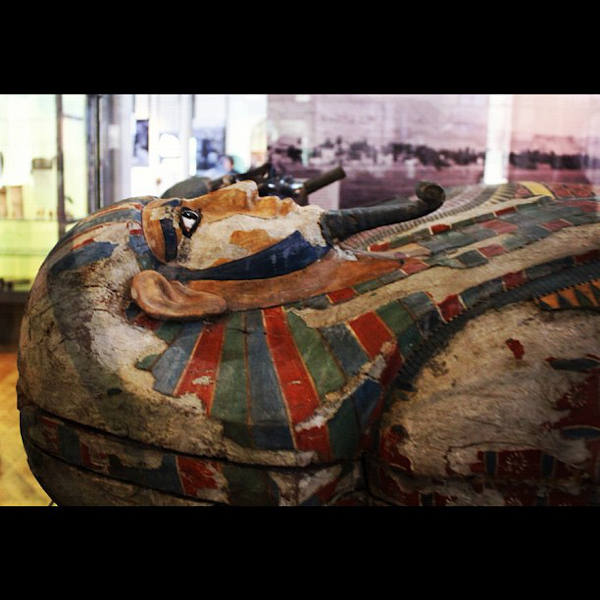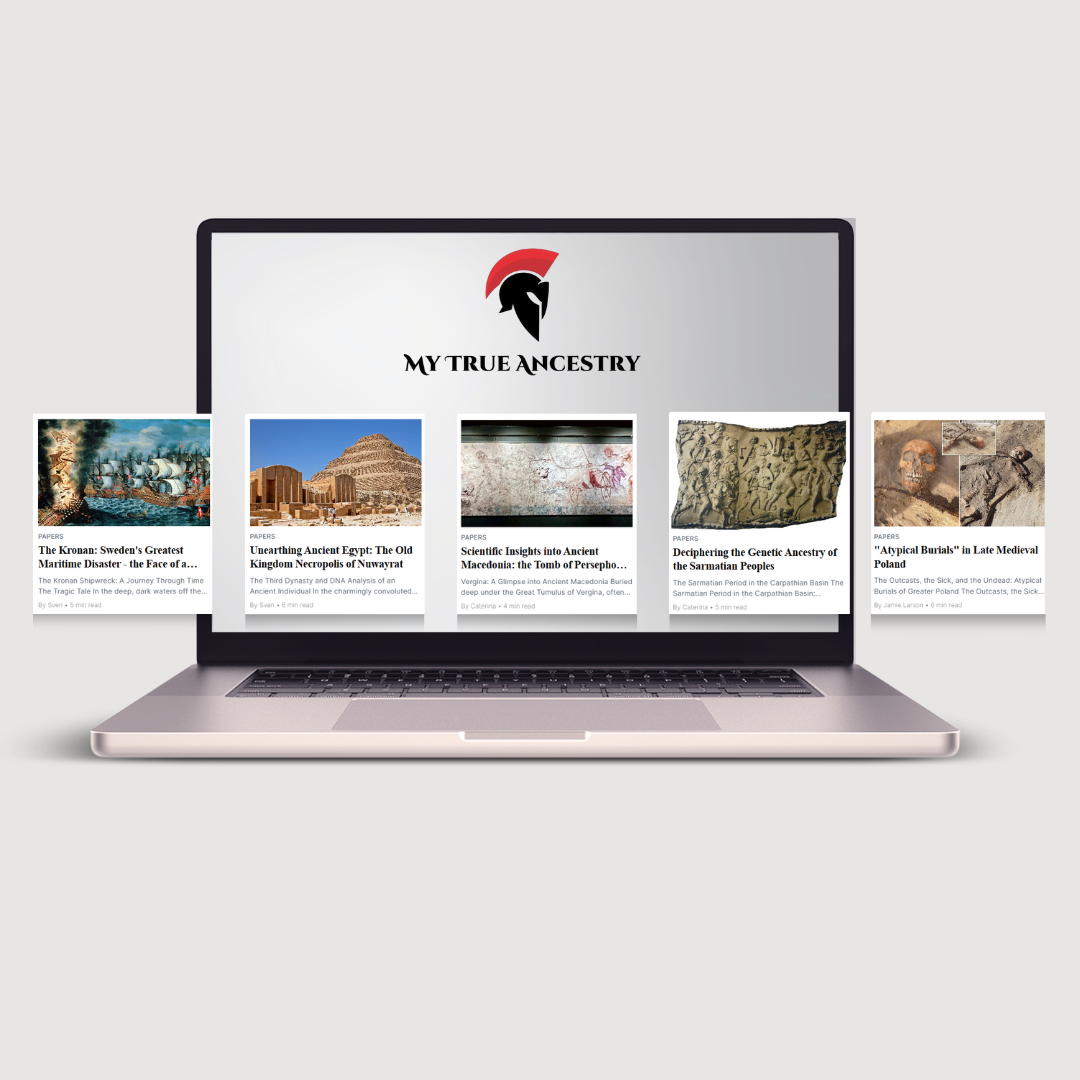Compare your DNA to 168 Ancient Civilizations
FIND THE HISTORY OF YOU
So, you've got your DNA results? To discover who you really are, you need to know where you come from. We can take your DNA results one step further through the use of advanced archaeogenetics
How It Works
Uncovering your ancient ancestry is simple with our three-step process.

Take a DNA Test
Get tested with one of the major DNA testing companies (e.g. AncestryDNA, MyHeritage, FamilyTreeDNA, DanteLabs etc.).

Download Your Raw Data
Download your raw DNA data file from your testing provider's website. We support all major formats.

Upload & Explore
Upload your DNA file to our secure platform and receive your detailed ancestry analysis within minutes.
DIG DEEP
Into Your Ancient History
Your DNA, fully visualized
Explore your roots with exclusive dynamic graphs, interactive maps, and ancestral timelines designed to bring your ancient past to life.

Why Choose MyTrueAncestry
Discover what sets our ancient DNA analysis apart from traditional ancestry services.

100% Anonymous Insights
All retained data is fully anonymized, ensuring your privacy is completely protected.

Powered by Real Ancient DNA
The only service powered by real ancient DNA samples from all over the world and advanced archaeogenetics technologies.

Try For Free
Our basic analysis is 100% free for you to try with no payment method required.
BROWSE OUR DNA SPOTLIGHTS
Danish Viking Clan

Beginning in the 8th century, the Danes began a long era of well-organized
raids across the coasts and rivers of Europe. Large areas outside Scandinavia
were settled by the Danes including what became know as the Danelaw in England,
the Netherlands, northern France and Ireland. Two Viking warriors from the same
clan separated for more than 1000 years and have finally been reunited at the
Danish National Museum in Copenhagen.
Danelaw was established as an area ruled by Vikings and extended across
much of England. A group of fairly young Viking warriors was found here buried
in a mass grave near the church where they had been killed by orders from King
Aethelred II, King of the English. The warrior hilighted here was in his 20s and
died from injuries to his head. He had sustained 8 to 10 hits to the head and
several stab wounds to the spine.
Read more here
Dorset Viking Massacre

On Ridgeway Hill in the County of Dorset, a mass burial was found with the
remains of 54 males. These individuals had all been executed in a gruesome
manner with their decapitated heads dumped together in a large pit.
Interestingly enough all of the sharp blade wounds had been struck from the
front, meaning these individuals had faced their enemy. Radiocarbon dating
showed the bodies were from 890-1030 AD. Strontium isotopes found in the bones
show these individuals were originally from Scandinavia.
The Anglo-Saxon Chronicle, which had been written around 890 AD, provides a
year-by-year account of all the major happenings in Anlgo Saxon England.
Aethelred the Unready had been king from 978-1016 AD - it is quite possible
these bodies died during his reign. Initially the king had paid Viking raiders
off with over 10,000 pounds to stop raiding their lands. Later they began hiring
Norse mercenaries to fight off the invading Vikings - however these mercenaries
would switch sides frequently and proved too risky.
Read more here
Mummies from the Middle, Late and Ptolemaic Kingdoms

In 1907, two mummies were discovered in Deir Rifeh Egypt in a tomb
belonging to a governor and his sons from the 12th Dynasty (almost 4000 years
ago). The tomb group is one of the best preserved and best known burials of the
Egyptian Middle Kingdom. Although the mummies were heavily decayed, the
skeletons were still preserved. Khnum-Nakht was about 40 years old and
Nakht-Ankh about 60.
The two mummies were found to be brothers with the same mother but
different fathers. This is confirmed by identical mtDNA and the detected
differences in the Y chromosomes. Both suffered from osteoarthtritis and dental
attrition. Khnum-Nakht had kyphoscoliosis and Nakht-Ankh had lung lesions from
sand pneumoconiosis.
Read more here

Join Our Community
Our Community blog is your hub for the latest discoveries in ancient DNA, archaeology, and lost civilizations.
Stay curious, stay connected.
Stay curious, stay connected.

Contact Us:
EMAIL
INFO@MYTRUEANCESTRY.COM
MAILING ADDRESS
MyTrueAncestry AG
Seestrasse 112
8806 Bäch
Switzerland



